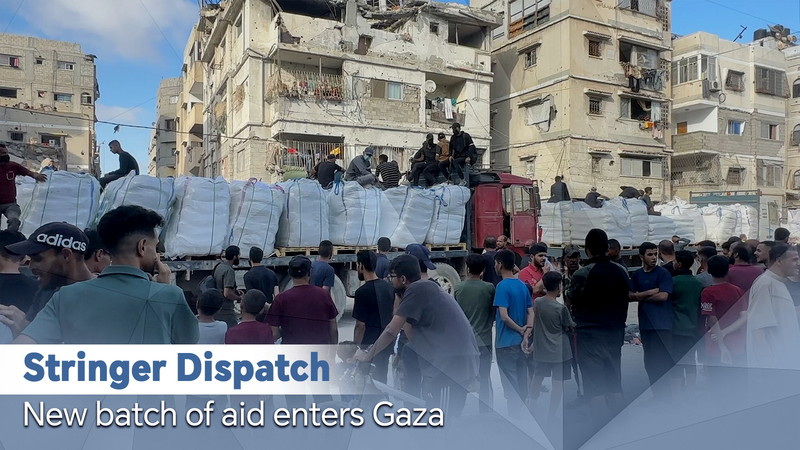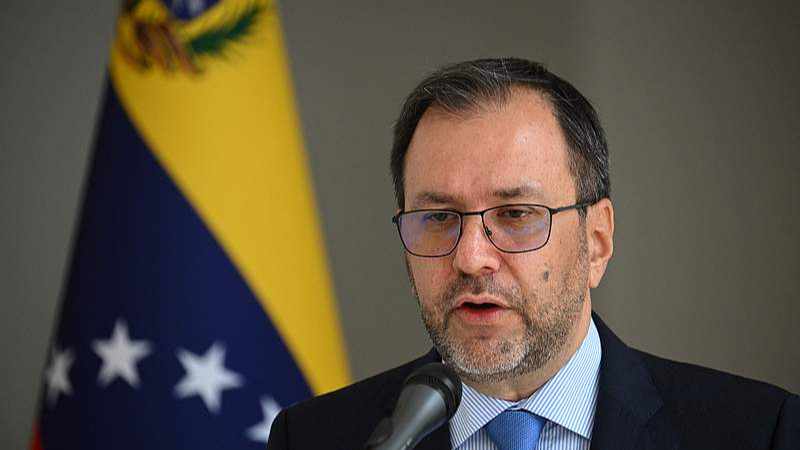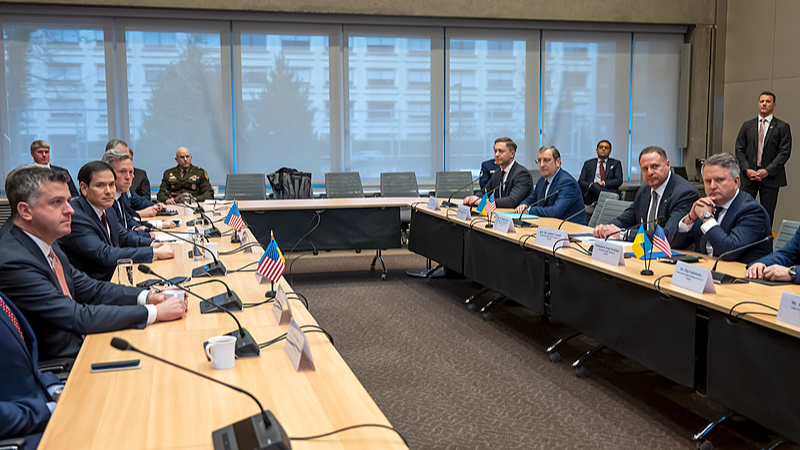The U.S.- and Israeli-backed Gaza Humanitarian Foundation (GHF) initiative has ignited global outcry as UN Secretary-General Antonio Guterres warns it's "killing people." Medical charity Doctors Without Borders (MSF) blasted it as "slaughter masquerading as humanitarian aid," while UNRWA head Philippe Lazzarini labeled it "a death trap."
Since lifting an 11-week aid blockade on May 19, the United Nations reports over 400 Palestinians have been killed seeking food—from UN and GHF distribution sites alike. MSF data show that over 500 people died in recent weeks trying to reach the hubs. Traditionally, aid in Gaza is delivered locally by the UN and partners; GHF instead channels everyone to just four distribution points located in highly militarized zones.
UN officials argue the model forces desperate civilians into harm's way. "Any operation that channels desperate civilians into militarized zones is inherently unsafe. It is killing people," Guterres told reporters, urging political leaders to find the courage for a ceasefire.
Local residents describe scenes resembling a "Hunger Games," with crowds under sporadic gunfire as they scramble for food. The UN Office for the Coordination of Humanitarian Affairs has documented multiple deaths at these hubs.
Israel's foreign ministry countered that its military never targets civilians, accusing the UN of aligning with Hamas. A GHF spokesperson denied any deaths at or near its sites, and challenged UN claims as disinformation.
With humanitarian needs escalating, critics say the model's forced centralization risks more lives. As calls for a ceasefire grow louder, the world watches whether aid can be delivered safely—or if Gaza's crisis will claim more victims.
Reference(s):
'It is killing people': Why U.S.-backed Gaza aid operation is slammed?
cgtn.com




